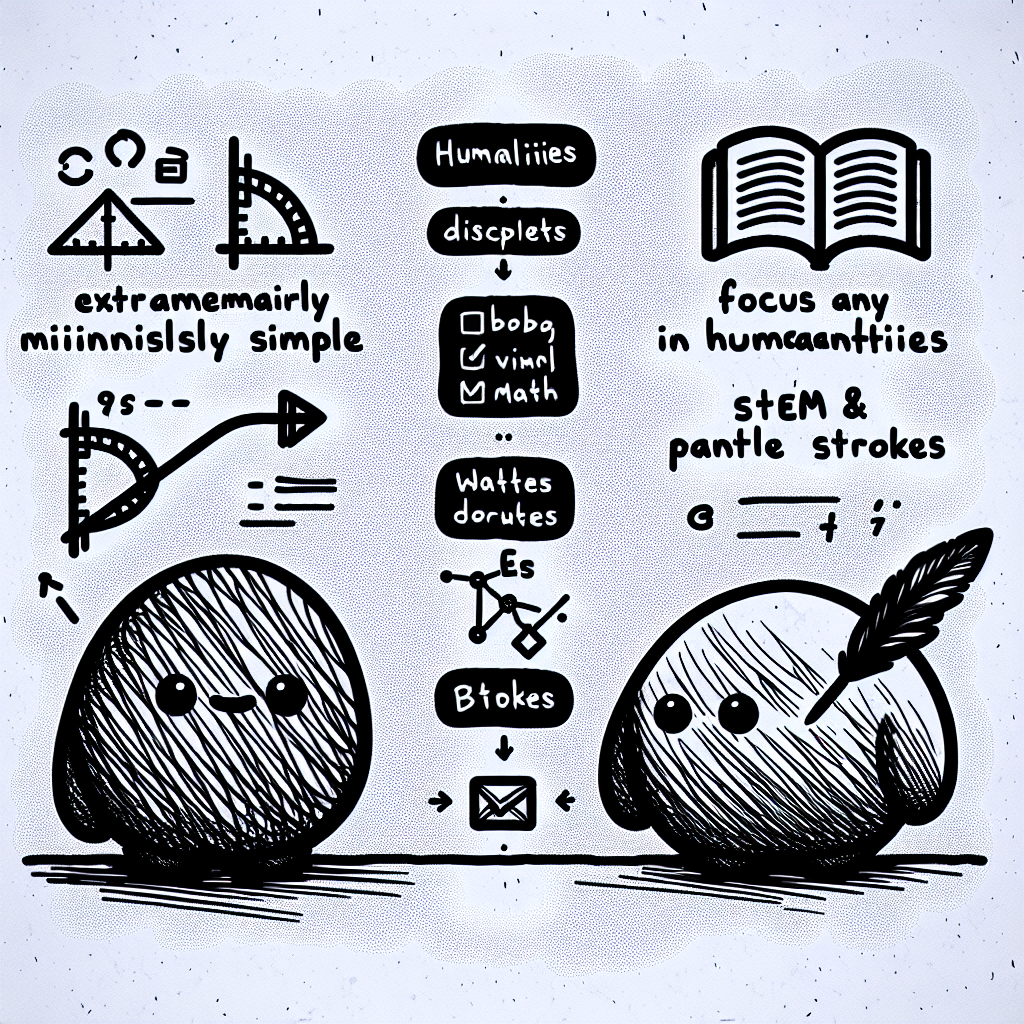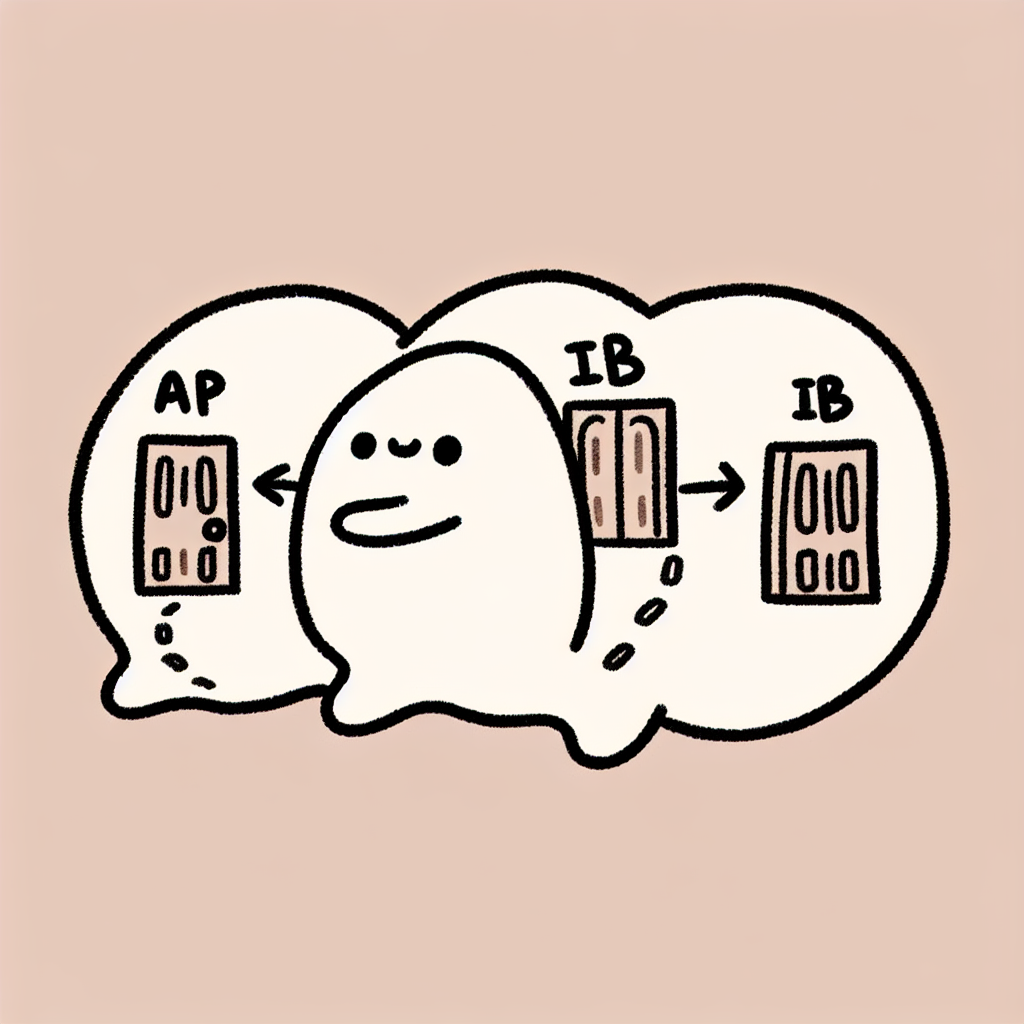Introduction
Understanding admission requirements by major is essential for students planning their academic futures. Different majors often have unique criteria that go beyond general university admission standards, including specific coursework, minimum GPA thresholds, or required standardized test scores.
Academic preparation plays a critical role in shaping a student’s eligibility. For instance, engineering programs may expect advanced math and science coursework, while arts programs might require portfolios or auditions. Testing thresholds, such as SAT or ACT score ranges, can also vary significantly by major and institution.
Institutional trends further influence the competitiveness of specific majors. Popular or highly selective programs may have more rigorous entry requirements or limited capacity, making it even more important for applicants to understand what is expected.
This guide is designed to help students, families, and counselors navigate these complexities. By examining admission requirements by major, readers can make better-informed decisions about course selection, application strategies, and long-term academic planning.

How Admission Requirements Vary by Major
The Role of Standardized Testing
Nonlinear SAT-M Thresholds in STEM Fields
Standardized test scores, particularly the SAT Math (SAT-M) section, play a significant role in determining success in STEM majors. A study conducted at the University of Oregon found that students with SAT-M scores below 600 had a very low probability of completing majors in Physics and Mathematics (University of Oregon study). This indicates a nonlinear threshold effect, where performance below a certain SAT-M score sharply reduces the likelihood of academic success in these fields. These findings have important implications for academic advising, suggesting that students interested in STEM may benefit from early interventions and planning if their standardized test scores fall below this critical threshold.
Thresholds in Other Majors
In contrast, majors in the humanities and social sciences generally place less emphasis on SAT-M scores. These fields often prioritize verbal reasoning, writing skills, and critical thinking, which are more directly assessed by other components of standardized tests. STEM fields, however, are more likely to have implicit academic thresholds that reflect the rigorous quantitative skills required. As a result, admission requirements by major tend to be more stringent for STEM programs when it comes to standardized math scores.
GPA and Course Rigor
Grade point average (GPA) is a central factor in college admissions and becomes even more critical when considering admission requirements by major. Admissions committees evaluate not only overall GPA but also performance in subject areas relevant to the intended major. For example, students aiming for STEM majors are expected to have strong grades in math and science courses.
Course rigor is another important aspect. Advanced coursework such as Advanced Placement (AP), International Baccalaureate (IB), and honors classes can strengthen an application, particularly when those courses align with the chosen field of study. A student interested in engineering, for instance, benefits from completing AP Calculus and Physics with high marks. This alignment between course rigor and intended major helps demonstrate readiness and commitment, both of which are key in selective admissions processes.

Predictors of Major-Specific Success
Performance in Introductory Courses
One of the strongest indicators of a student's future success in a particular major lies in their performance in introductory courses. For STEM majors especially, early academic performance plays a critical role. According to a study on STEM graduation success, students who earn high grades in foundational courses like biology, chemistry, and mathematics are significantly more likely to graduate in STEM fields. The study emphasizes that the choice of the first math course is particularly influential, as it sets the stage for long-term academic trajectories in math-intensive disciplines. These findings suggest that admission requirements by major should consider prior academic performance in relevant subjects as a key predictor.
Flexibility in Major Selection
Another important factor influencing major-specific success is the flexibility students have in selecting or changing their majors. Institutions that support exploration and make it easier to switch between majors often see higher retention and graduation rates. Early exposure to multiple disciplines allows students to better assess their interests and strengths, leading to more informed and successful major choices. In designing admission requirements by major, universities may benefit from incorporating policies that promote academic flexibility and interdisciplinary exploration.

Trends in College Admissions and Selectivity by Major
Increasing Competition at Top Institutions
Admission requirements by major have become increasingly competitive, especially at top-ranked institutions. A recent admissions trends analysis from U.S. News highlights that selectivity is rising at leading public colleges. This trend is particularly pronounced in high-demand majors such as engineering, business, and computer science, where acceptance rates are often significantly lower than the overall institutional average. These programs frequently require applicants to present stronger academic profiles, including higher GPAs, standardized test scores, and relevant coursework.
Internal vs. Direct Admission Models
Colleges vary in how students are admitted to specific majors, influencing admission requirements by major. In a direct admission model, applicants are accepted directly into a specific program, which is common in fields like engineering and nursing. These programs typically demand more rigorous academic credentials at the time of application, due to limited capacity and program intensity. Alternatively, institutions that use an internal transfer model admit students to the college generally, allowing them to declare a major later. However, transferring into popular or impacted majors internally can be highly competitive and often depends on the student’s GPA and performance in prerequisite courses. This distinction in admission pathways significantly shapes the selectivity and requirements for different fields of study.

Tools and Resources for Navigating Admissions by Major
College Admissions Calculators
The U.S. News Admissions Calculator is a valuable tool for students researching admission requirements by major. It allows users to input their GPA and standardized test scores to estimate their chances of being admitted to various colleges. This tool is especially helpful for setting realistic expectations and building a balanced college list tailored to specific majors.
Guides to College Majors
The U.S. News Guide to College Majors offers detailed information about a wide range of academic fields. It covers what each major entails, possible career outcomes, and the academic skills typically required. Students can use this guide to align their interests and strengths with potential majors, which is a key step in understanding the admission requirements by major.
High School Course Planning
Strategic high school course planning is important when preparing for college admission requirements by major. Students should take classes that align with their intended major, such as advanced math for engineering or AP biology for pre-med tracks. Additionally, participating in related extracurriculars or summer programs provides early exposure to the subject area and helps strengthen the college application.

Strategic Advice for Students and Advisors
Early Major Exploration
Exploring different academic disciplines early on is essential to making informed decisions about a college major. High school students can use Advanced Placement (AP) courses, International Baccalaureate (IB) programs, or dual-enrollment classes to sample subjects and gauge interest. Early college students should consider enrolling in introductory courses across multiple departments to test their fit with various fields. This approach helps students align their interests and strengths with potential majors, which can be crucial given the differences in admission requirements by major.
Understanding Institutional Requirements
Admission requirements can vary significantly by institution and intended major. Some universities publish data on acceptance rates by major, which can offer valuable context when assessing competitiveness. For example, engineering and business programs often have lower acceptance rates compared to undeclared liberal arts majors. Students and advisors should research these statistics on official college websites or request them directly from admissions offices. Reaching out to academic departments can also provide insight into prerequisites, preferred coursework, or recommended experiences that strengthen an application for a specific major.
Preparing a Competitive Application
When applying to colleges, students should tailor their personal statements and extracurricular profiles to reflect their interest in their intended major. This includes discussing relevant academic projects, internships, volunteer work, or competitions that demonstrate commitment and ability. Admissions committees often look for alignment between a student's background and their chosen field, especially in majors with selective admission processes. Highlighting strengths in related core subjects—like math and science for engineering, or writing and social studies for humanities—can improve an applicant’s chances, as many colleges assess academic readiness based on major-specific criteria.

Conclusion
Admission requirements by major can differ greatly, especially for students pursuing STEM fields. These programs often demand higher GPAs, specific coursework, and competitive standardized test scores. In contrast, other majors may emphasize portfolios, interviews, or writing samples.
To navigate this landscape effectively, students must understand the academic thresholds expected by their intended major, stay informed about institutional policies, and assess how their own strengths align with program expectations.
Leveraging available data and guidance tools—like program-specific admissions statistics and academic planning resources—can help applicants make informed decisions that align with both their educational goals and career aspirations.

References
- Nonlinear SAT-M Thresholds in Physics and Mathematics Admissions — This study explores how math SAT scores correlate non-linearly with success in physics and mathematics majors, highlighting specific admission requirements by major.
- Factors Influencing STEM Graduation Rates — This paper examines how admission criteria and academic preparation affect STEM degree completion, offering insights into admission requirements by major in science and engineering fields.
- Admissions Trends at Top Public Colleges — U.S. News analyzes application data to reveal shifting admission requirements by major at leading public institutions.
- U.S. News College Admissions Calculator — This tool estimates admission chances based on GPA, test scores, and intended major, underscoring how admission requirements by major vary across schools.
- U.S. News Guide to College Majors — Provides detailed overviews of popular college majors, including typical admission requirements by major and career outcomes.














